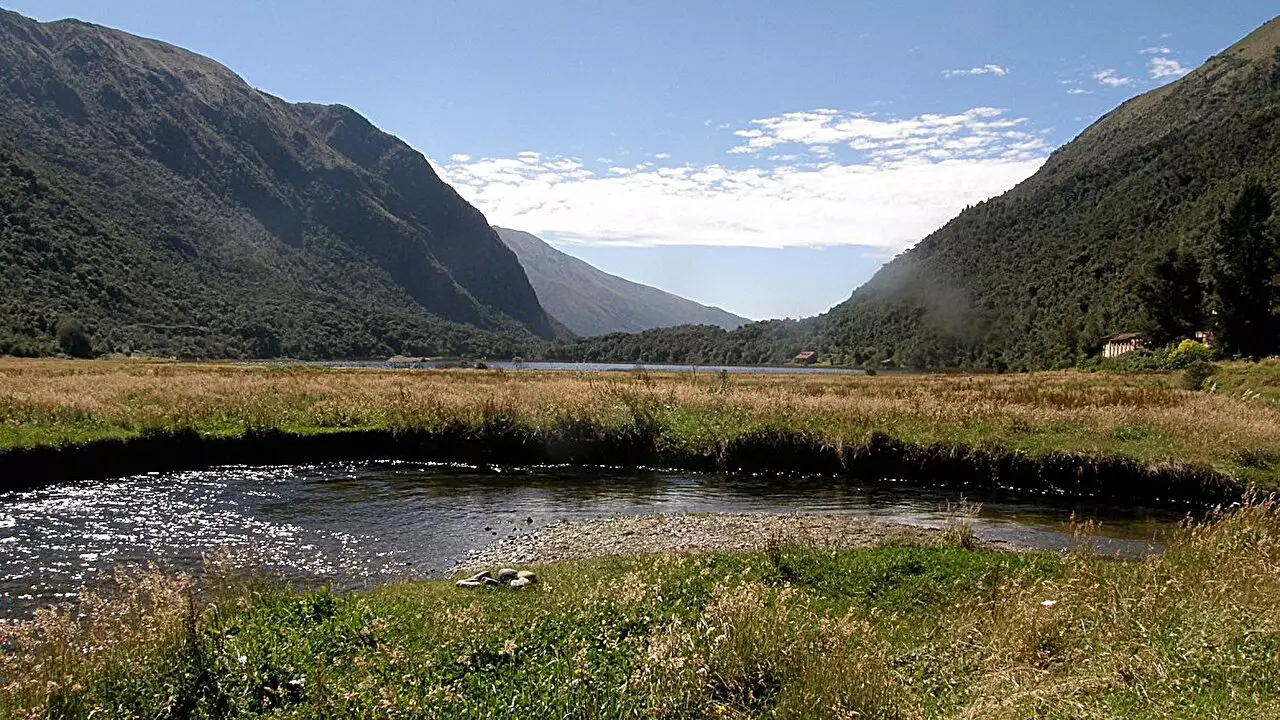A recent study conducted by researchers at Brown University delved into the ancient temperatures and rainfall patterns of the tropical Andes in South America, shedding light on a 16,000-year climate history affected by changing carbon dioxide levels and global climate events.
The study emphasized the importance of understanding the factors driving temperature history in the tropical Andes to make informed predictions and mitigate future climate impacts in tropical regions worldwide. Previous research had focused primarily on the Northern and Southern Hemispheres, but this study aimed to unravel the unique influences affecting temperatures in the tropics.
Connection to Global Climate Changes
One significant finding of the study was the interconnectedness of regional climates with global climate changes. Temperature variations in the tropical Andes were found to be heavily influenced by the Southern Hemisphere, particularly regions such as Antarctica. This highlights the intricate web of interactions that contribute to climate fluctuations across different parts of the world.
Role of Carbon Dioxide
The researchers observed a strong correlation between temperature fluctuations in the tropical Andes and shifts in carbon dioxide concentrations. During periods when carbon dioxide levels increased, temperatures in the region rose, and conversely, stable carbon dioxide levels led to relatively stable temperatures. This echoes previous research that identified carbon dioxide as a key driver of global temperature changes since the last Ice Age.
Ocean Currents and Climate Effects
The study also highlighted the role of ocean currents in shaping climate patterns in the tropical Andes. Specifically, the strengthening of northward currents during a cooling period known as the Antarctic Cold Reversal 14,500 years ago resulted in cooler sea surface temperatures in the south, which extended to the tropical Andes. This underscores how interconnected systems influence climate conditions in distant regions.
Methodology and Data Analysis
To reconstruct past climate conditions, the researchers analyzed sediment samples from Laguna Llaviucu in Ecuador’s Cajas National Park. By examining lipid biomarkers and hydrogen isotopes, the team created a high-resolution timeline of climate changes spanning 16,000 years. This approach provided new insights into temperature and rainfall patterns in tropical South America, an area historically challenging to study.
The study opens up avenues for further research into past temperature patterns in sensitive mountain environments like the Andes. With high tropical mountains projected to experience rapid warming in the coming years, understanding historical climate trends becomes crucial for predicting future impacts and implementing effective climate mitigation strategies.
The research conducted by Brown University scientists offers valuable insights into the complex interplay of factors shaping climate history in the tropical Andes. By unraveling the connections between carbon dioxide levels, ocean currents, and temperature fluctuations, the study contributes to a deeper understanding of global climate dynamics and underscores the need for continued research in vulnerable regions facing the challenges of climate change.


Leave a Reply